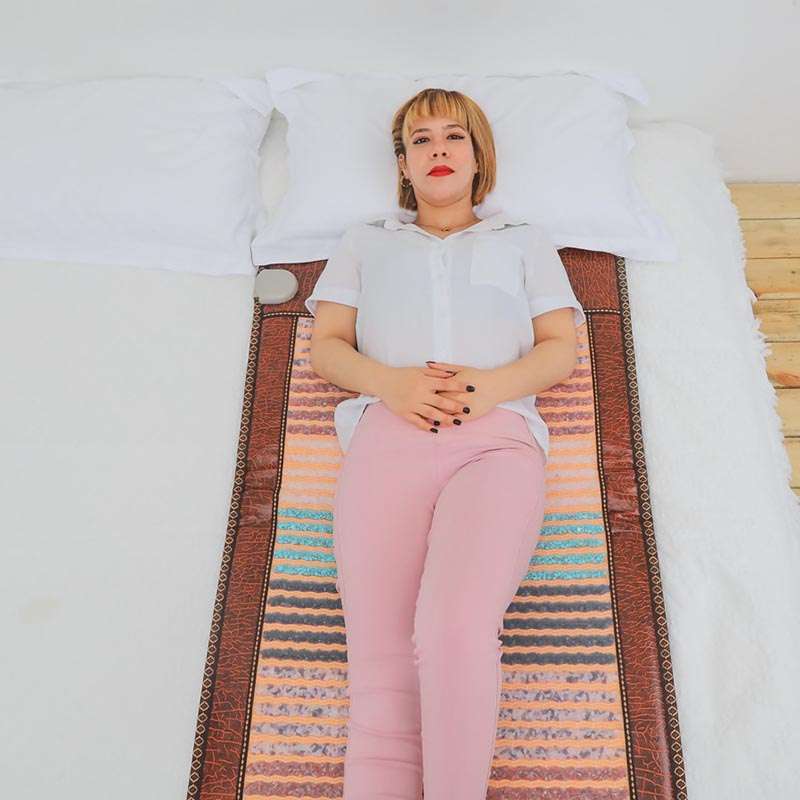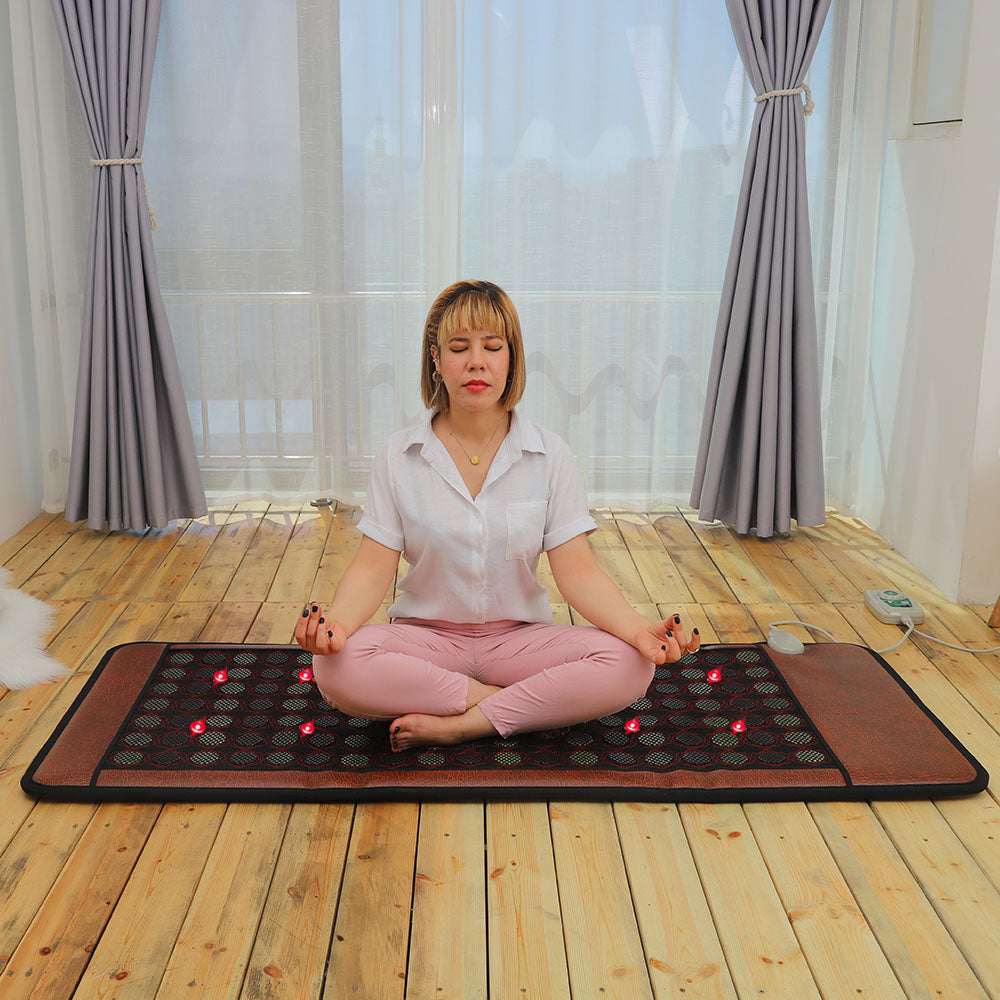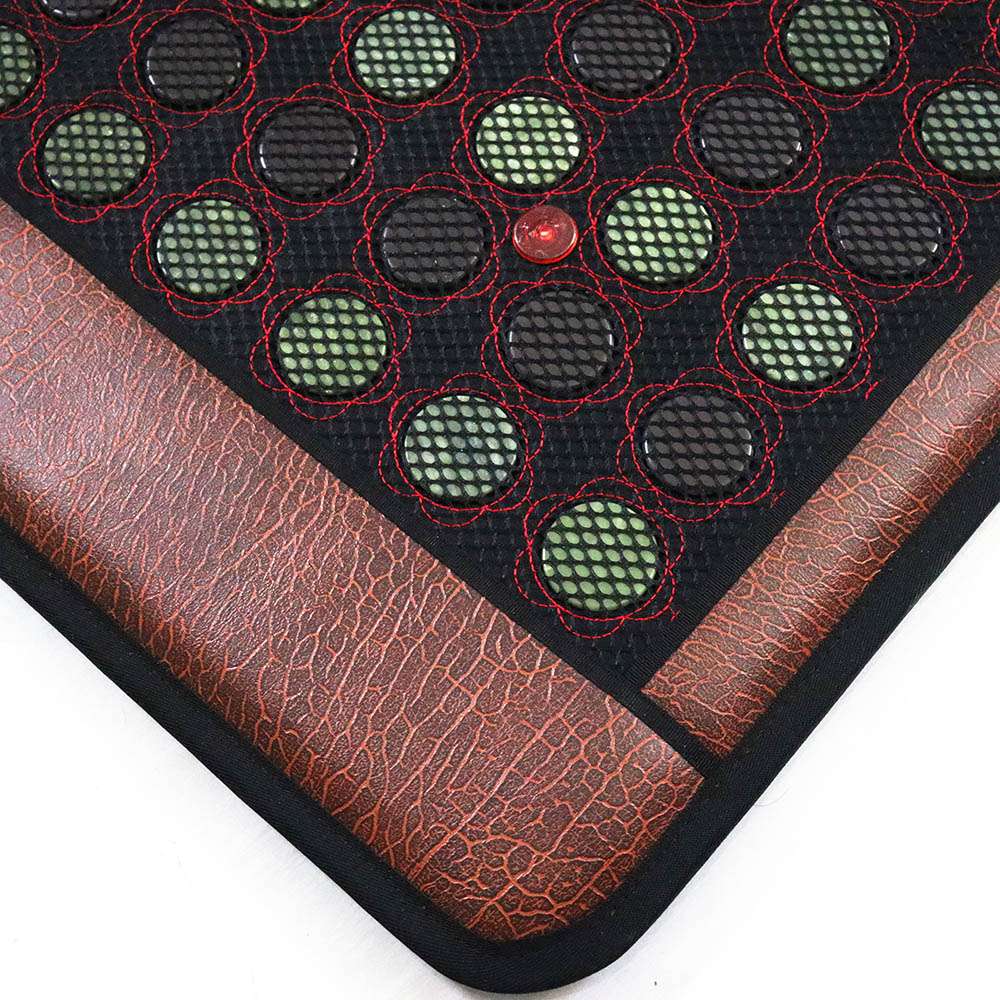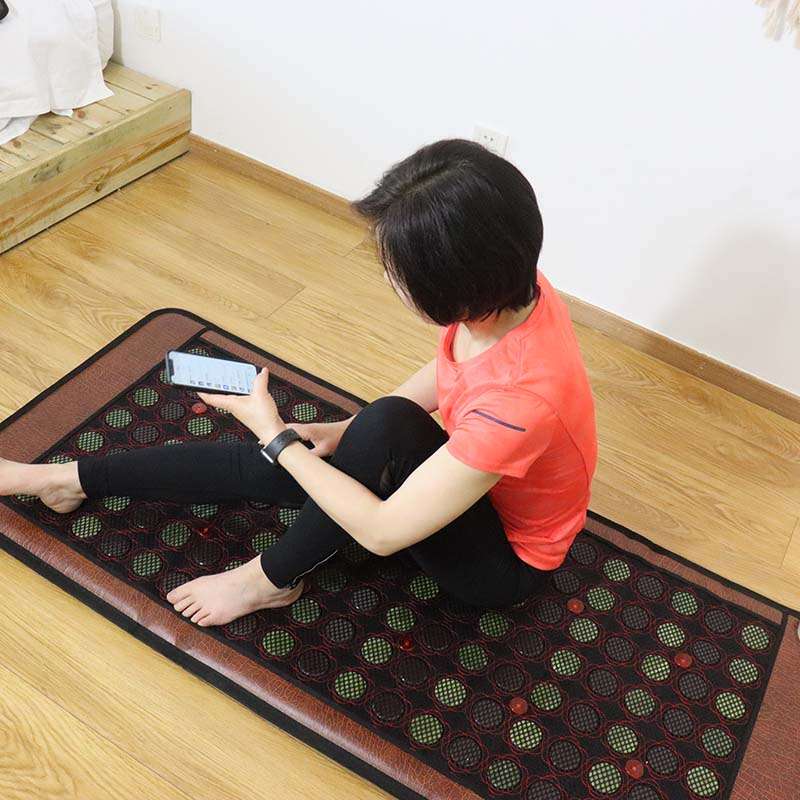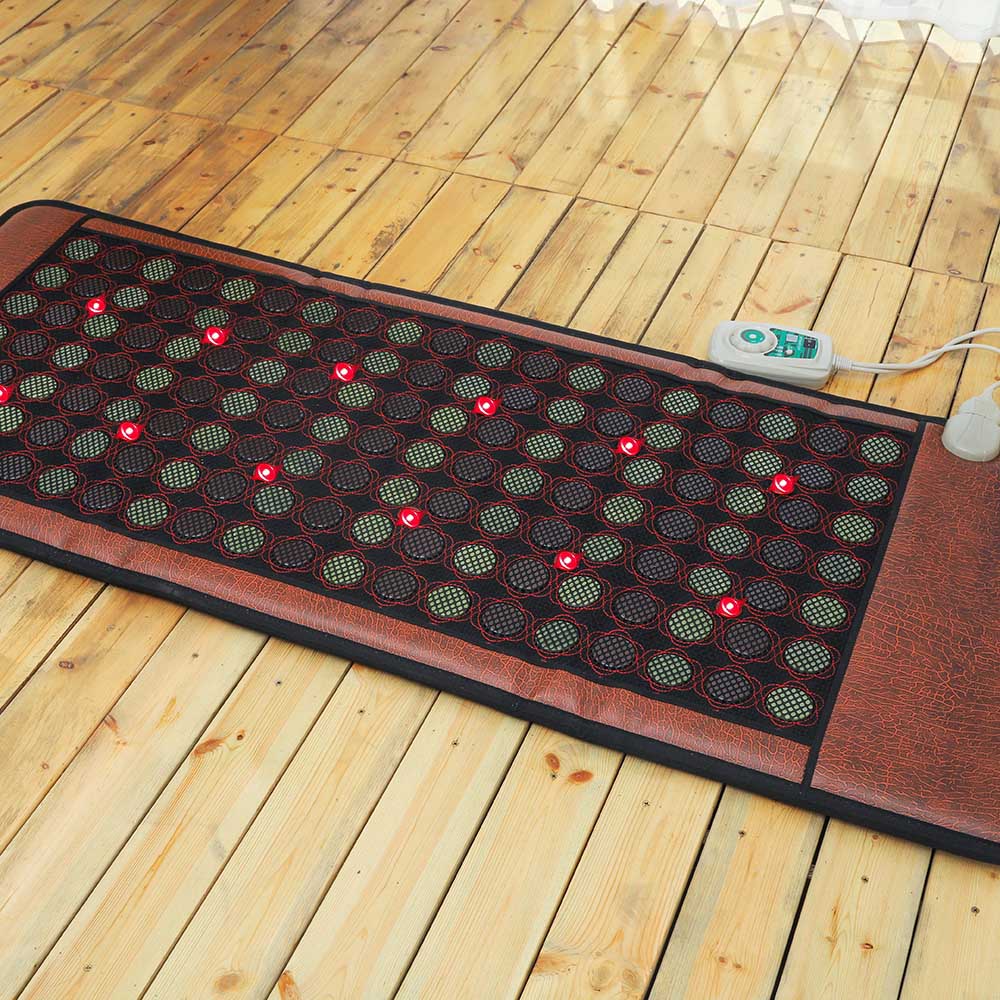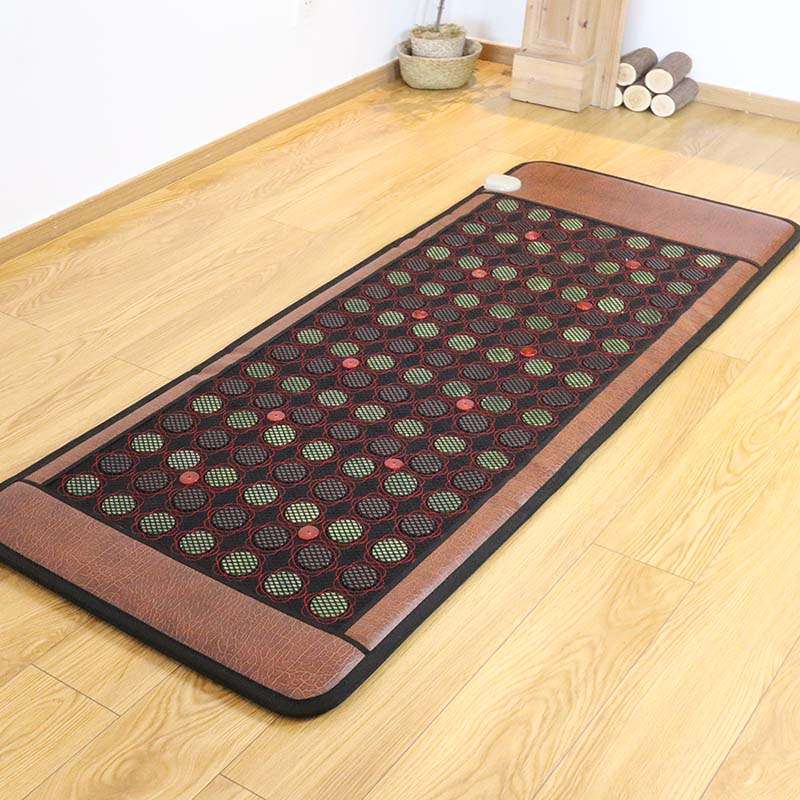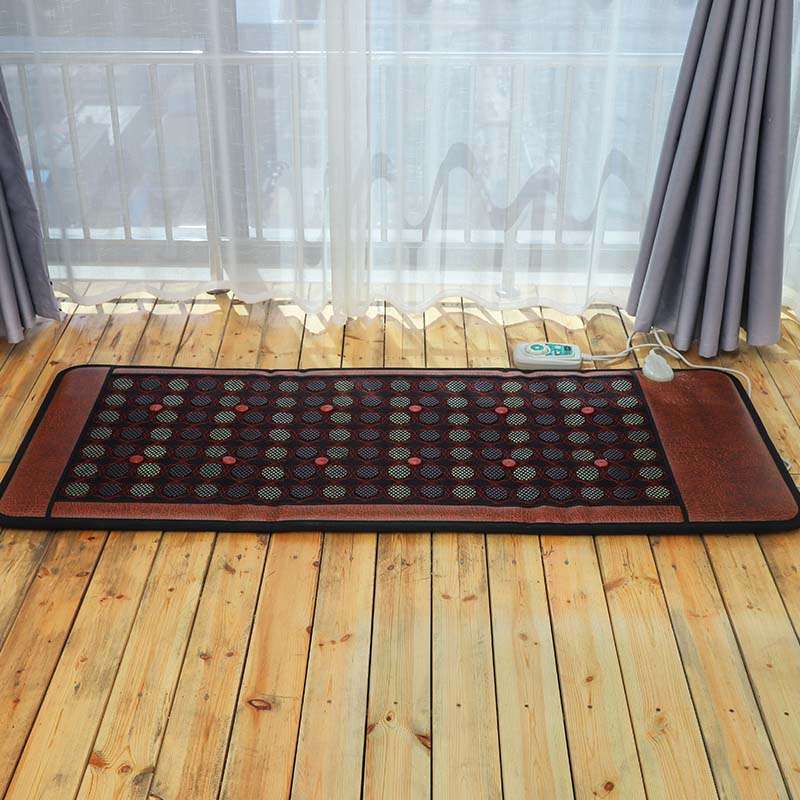PEMF Therapy for Sleep
You are not alone. Sleep loss and sleep disorders are among the most common health problems nowadays. It is estimated that nearly 30% of adults are chronically unable to get enough sleep in their lives. Many people lack sleep due to daily stress, and many lack sleep due to specific health conditions such as insomnia, pain or many other diseases. PEMF therapy for sleep is a very effective way to treat sleep disorders and issues without drugs.
Sleep disorders
Sleep disturbances are common features of psychiatric disorders. They are among the most common yet overlooked and readily treatable health problems.
Sleep disturbances are very common: multiple awakenings, problems falling asleep, long waking hours during the night and/or early awakenings in the morning. This is not even taking into account sleep disruptions caused by physiological urges such as needing to go to the bathroom or hot flashes.
Types of sleep disorders
- Lack of sleep: Insomnia sufferers have trouble falling or staying asleep and often feel drowsy.
- Sleep apnea or snoring: where you experience abnormal breathing patterns while you are asleep. There are several types of sleep apnea.
- Circadian rhythm sleep disorders.
- Sleep movement disorder: Restless leg syndrome, Restless legs syndrome, also called Willis-Ekbom disease, causes an uncomfortable sensation and an urge to move your legs while you try to fall asleep.
- Parasomnias: these uncontrollable sleep episodes include sleepwalking, sleep talking, hallucinations, sleep paralysis and night terrors the person doesn’t remember afterwards.
- Too much sleep: People with hypersomnia often oversleep (over 10 hours a night)—but still feel groggy no matter how early they go to bed. They might have sleep attacks or hallucinations.
Sleep lack poses risks
Most people require 7-8 hours of quality sleep to stay healthy. Prolonged periods of poor sleep can lead to impaired cognitive functioning, heart problems, high blood pressure, strokes, diabetes and depression, as well as other health issues. Lack of sleep can also age your skin, reduce sexual drive, cause accidents, increase the risk of depression and anxiety, and lead to weight gain.
According to Lisa Artis from The Sleep Council, “Poor sleep and fatigue are common problems affecting millions of people, and just one rotten night’s sleep can influence our mood, concentration and alertness. Long-term sleep deprivation has far more serious consequences and is linked to heart disease, diabetes and stroke.”
In the past 10 or more years, research has suggested that sleep loss (less than 7 hours per night) may have wide-ranging effects on the cardiovascular, endocrine, immune, and nervous systems, including the following:
- Decreased cognitive function
- Enhanced Risk of Accidents or Serious Health Problems
- Quicker Cell Aging and Slower Cell Regeneration
- Increased forgetfulness or memory loss
- Impairment of judgment
- Reduced Libido
These negative effects can adversely influence your daily life. Sleep is vital to general health and well-being.
As a non-invasive and drug-free treatment, PEMF therapy uses the Earth’s natural magnetic fields concentrated to stimulate cellular repair and activating the body’s natural healing mechanisms. It is an idea harnessed by NASA, promoting cellular repair, and improving your body’s overall performance.
Brain waves and the sleep cycle
Brain waves are measured in Hertz (Hz) cycles per second, and can change across a wide range of variables. Different brain waves are associated with different states. When slower brain waves are dominant we can feel sluggish, inattentive and scattered, and depressed or develop insomnia. When higher frequencies abound, we are engaged in critical thinking, hyper-alertness or anxiety, but it can also result in nightmares, hyper-vigilance and impulsive behavior.

There are five widely recognized brain waves, and the main frequencies of human EEG waves are listed in Table 2.1 along with their characteristics.
| Frequency band | Frequency | Brain states |
|---|---|---|
| Gamma (γ) | 35 Hz | Concentration |
| Beta (β) | 12–35 Hz | Awake, normal, alert, consciousness |
| Alpha (α) | 8–12 Hz | Relaxed, lucid, calm, not thinking |
| Theta (θ) | 4–8 Hz | Deeply relaxation, meditation, mental imagery |
| Delta (δ) | 0.5–4 Hz | Deep, dreamless sleep |
Types of brain waves
The brain frequencies that dominate the sleep cycle are called:
Theta (Light Sleep or REM): 4Hz-8Hz
Theta is a relatively light period between waking and falling asleep. This is typically when dreams occur. It is common in the early stages of falling asleep and before waking up.
Delta (Deep Sleep or NREM): 0.5Hz-4Hz
Delta Waves (1-4 Hz) are slow brainwaves, which begin to appear in stage 3 of the sleep-cycle, and by stage 4 dominate almost all EEG activity. At this stage, healing and regeneration are stimulated, and they are considered essential for the restorative properties of sleep.
The Delta-Rhythm stage is very significant as it is the time to heal, balance, and build immunity. Delta waves are responsible for the NREM (Non-Rapid Eye Movement) portion of the sleep cycle, which accounts for about 80% of sleep time in adults.
Sleep EEG & the 4 stages

Normal electroencephalogram recordings (EEGs) in sleeping individuals show that brain neurons undergo near-synchronous slow oscillations of brain cell membrane electrical activity. Studies show that a high intensity Transcranial Magnetic Stimulation (TMS) pulse at <1 Hz causes an individual, high intensity EEG slow wave that originates under the coil and spreads over the cortex of the brain. These slow waves promote deep sleep and a consistent increase in EEG deep or slow-wave activity (0.5-4.5 Hz). Slow-wave activity is believed to help brain restoration and memory consolidation. (Massimini)
Synchronizing brainwave patterns to adjust disrupted patterns to normal patterns is an effective treatment for sleep disorders. There are various methods of making these shifts, including PEMFs.
PEMF Therapy for Sleep
Not only promoting relaxation and reducing stress, what is critical, PEMF therapy helps regulate the body’s natural sleep-wake cycle, which can be disrupted by factors such as jet lag or shift work.
Put simply, PEMF therapy re-tunes your brain for sleep. This process, known as brainwave entrainment, stimulates the brain with low-frequency PEMF Therapy devices, helping the brain lock into signals mimicking deep sleep. This process helps synchronize the brain waves to shift to more natural sleeping patterns, which lead to higher quality sleep.
Low-frequency PEMFs help stimulate the brain to follow normal sleep electromagnetic activity patterns. PEMF sessions can help the brain remember how to trigger deep sleep. PEMF therapy for deep sleep is generally most productive when used before bedtime.
Not only a stand-alone session, PEMF therapy can also be added to every energy healing, massage, and acupuncture session.
Improving deep sleep with PEMF therapy
During a PEMF session, the patient reclines on a mat that emits a dynamic electromagnetic field. The mat features multiple layers, including a PEMF coil layer, amethyst, tourmaline, and far-infrared heat. This produces a powerful magnetic field, heat, and negative ions that penetrate deeply into the body’s tissues and cells, activating them and facilitating cellular regeneration. PEMF therapy is one of the simplest and most effective home remedies for sleep insomnia and sleep disorders. It is non-invasive and typically lasts around 20-30 minutes. PEMF therapy can also enhance the body’s natural recovery process, reducing inflammation, increasing energy, and relieving stress.

PEMF therapy mat for sleep insomnia
It has been proven that PEMF therapy helps individuals suffering from sleeping issues enjoy better quality sleep. While you sleep, proteins that were active during the day are essentially put to waste. When waste builds and builds, it slows the progression of normal brain thoughts and patterns. PEMF Therapy is the most effective, non-invasive, and drug-free alternative treatment for sleep disorders, including insomnia and anxiety.
Some people do not resolve their sleeping patterns, whilst others resort to medication. However, why not try Pulsed ElectroMagnetic Field (PEMF) therapy – the drug-free alternative to improving your sleep.
How does PEMF therapy work for sleep disorders?
Pulsed electromagnetic field (PEMF) therapy improves sleep disorders using brainwave entrainment. When presented with an external resonating stimulus around the brain, resonant molecules or electrical activity react to the stimulation frequency by establishing a pattern of mutual resonance. This is called frequency following or entrainment.
PEMF therapy can tune the frequency of brain cells and transform it into a sleep pattern.
Studies of electrical brainwave activity have identified two different sleep stages, rapid eye movement (REM) and non-rapid eye movement (NREM). NREM sleep accounts for almost 80% of total sleep time in adults, and brainwave patterns are lower. PEMF therapy can keep the brain in this optimal state.
The pineal gland releases a lot of the hormone “melatonin” when you are in a dark environment, and the hormone may enhance your sleep quality. Many human studies showed and proved that PEMF exposure would increase melatonin. It also suggests that PEMF therapy indeed improves and induces sleep quality.
You can also use PEMF therapy to calm the brain and regulate circadian rhythms. When your circadian rhythms are healthy, you may better control and keep consistent sleep patterns and cycles.
Do PEMF devices help with sleep?
Although PEMF therapy is not proven to help with all sleeping disorders, there have been studies conducted in which insomnia subjects experienced significant improvement in their sleep issues after receiving pulsed electromagnetic field therapy.
Sleep can become disrupted when imbalances occur in the body. Often these imbalances are related to misfired frequencies that do not allow the brain to function optimally, particularly during sleep. The administration of PEMF therapy to the brain can help regulate the frequency imbalances that are occurring. This will reset the brain’s rhythm or Hertz level during sleep. This reset results in better quality and more full-cycle sleep. Whether you struggle with getting to sleep or staying asleep, PEMF therapy can be an excellent natural treatment option for you.
Balance your sleep clock with PEMF therapy
Whether it’s trouble falling asleep or getting deep sleep, PEMFs restore brain efficiency. With medium-intensity low-frequency pulsed magnetic field therapy, you can recover an 8-hour sleep in 4-5 hours of treatment. PEMF therapy helps balance your body’s bio-energy system and even resolves some emotional stresses that contribute to insomnia. It’s the safest and most efficient way to sleep better, be happier and stay ahead of the pack!






